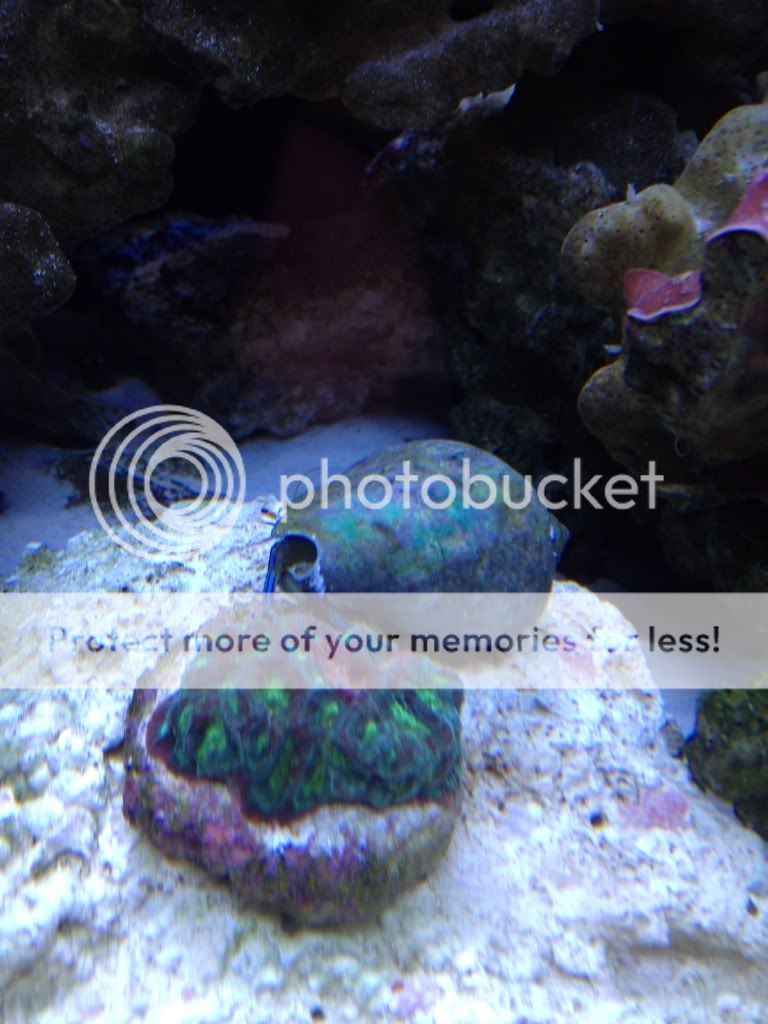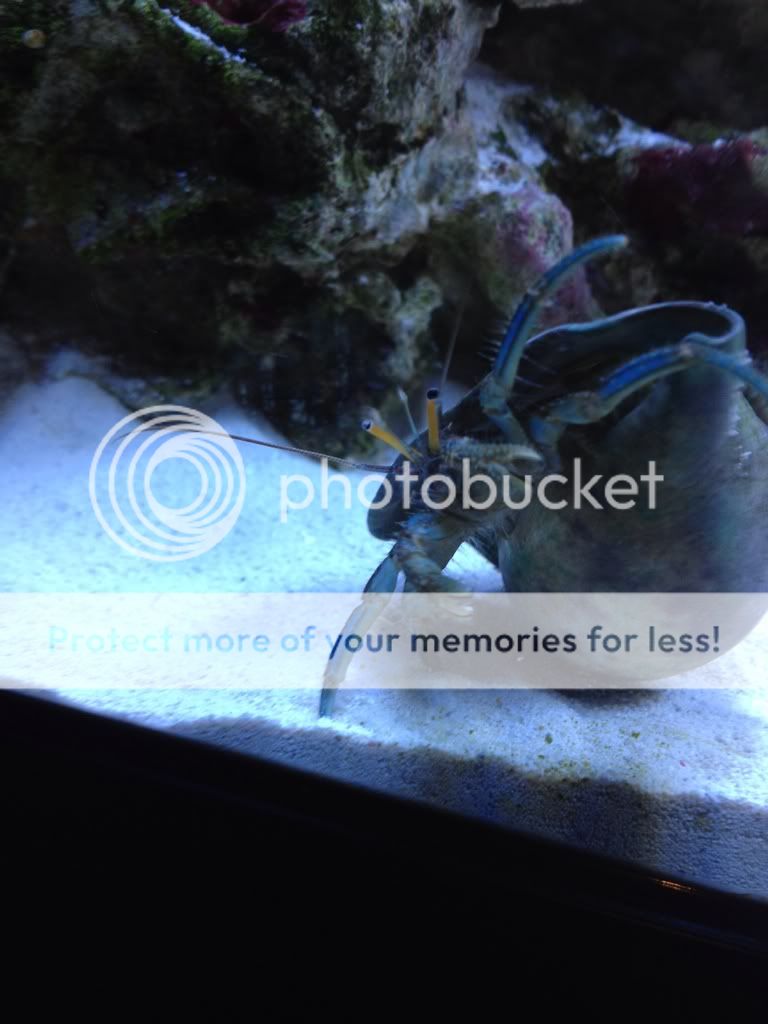Howler
New Member
- Joined
- May 19, 2012
- Messages
- 11
- Reaction score
- 0
I found my blue legged hermit attached to and digging into my brain coral and he managed to inflict some harm. I separated them but he went back to feeding on the same bit he'd damaged before.
The hermit shell and brain are about equal in size - almost the size of my fist.
In case the hermit is starving, I've fed him up and am hoping he stays off the coral. He's recently moulted (does this make them super hungry?).
Hermits are so ubiquitous that I presumed them to be 100 percent safe.. any thoughts?
The hermit shell and brain are about equal in size - almost the size of my fist.
In case the hermit is starving, I've fed him up and am hoping he stays off the coral. He's recently moulted (does this make them super hungry?).
Hermits are so ubiquitous that I presumed them to be 100 percent safe.. any thoughts?




